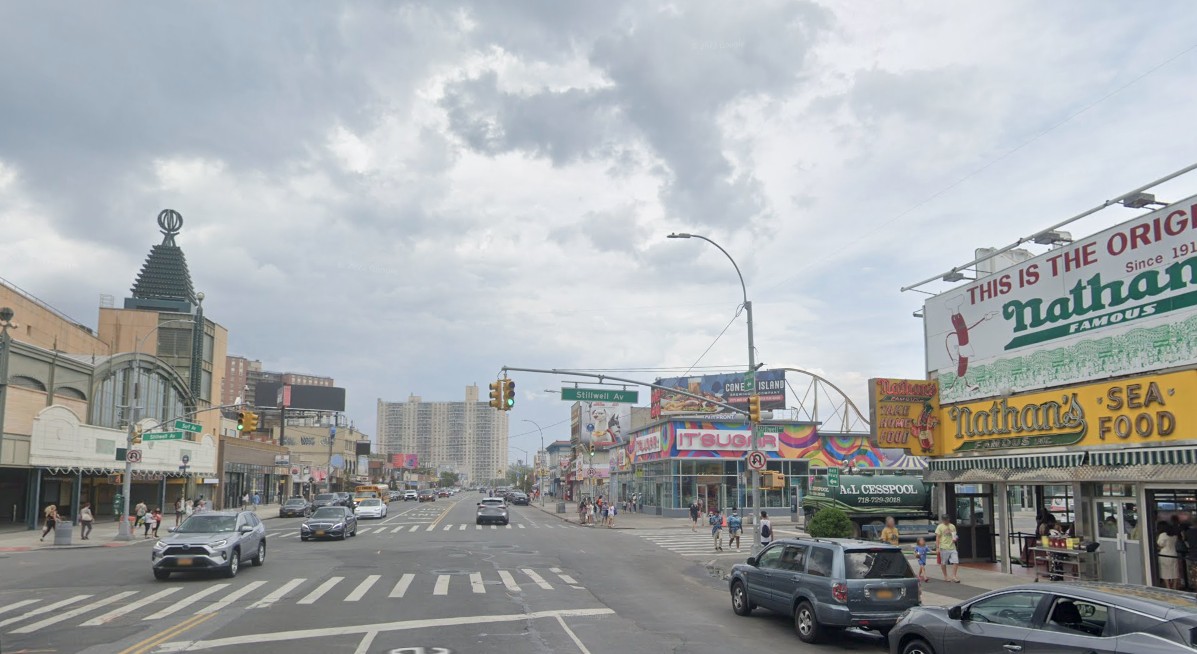Despite the continued struggles of Wall Street, Brooklynites looking to make big bucks should enter into the finance and insurance fields.
On the other hand, health care — the borough’s top employment sector — continues to pay more meager wages.
Both statistics come form the Brooklyn Chamber of Commerce’s Brooklyn Labor Market Review that studied labor trends thus far this decade.
The study found the average wage for all Brooklyn private sector payroll jobs was $35,800 in 2006.
Conversely, the average wage among Brooklyn residents working full-time whether in Brooklyn or elsewhere was $42,500.
The median wage was $33,000, which means half of Brooklyn residents earned less than that amount and half earned more.
Financial sector workers had the highest average wage at $70,900, followed by professional service workers at $64,300.
Over 130,000 of the borough’s residents work in these two sectors, with most commuting to Manhattan.
By far the largest sector employing Brooklyn residents is the combined health care and social assistance sector with 175,000 workers or 18 percent of Brooklyn’s total full-time workforce of 960,000.
The average wage for workers in this field is about $38,000 while the median wage is $30,000.
The second largest sector of employment in the borough is in the retail trade supplying roughly 80,000 jobs while 75,000 work in educational services.
The average wage in retail work is $32,615 annually while the median wage is $25,000.
The average wage in educational services is $46,392 while the median wage is $41,000.
Factory jobs – once one of the borough’s major employment sectors – have dropped by 40 percent since the beginning of the decade.
Apparel manufacturing, historically the borough’s leading factory industry, lost two thirds of its jobs since 2001 and accounted for nearly half of Brooklyn’s factory job loss.
The good news is niche manufacturing, although still fairly small, is on the rise.
Nine specialty food manufacturing and baking industries have added nearly 600 jobs since 2001, while wood, window and door manufacturing and other specialty wood and metal fabricating to quick printing and surgical appliance and supplies manufacturing added about 350 jobs.
Overall the study concluded that despite the current downturn in the city and nation’s economy, Brooklyn job growth has been steady this decade – adding 23,000 jobs.
Currently there are 432,740 jobs in Brooklyn, and in several sectors, the borough experienced double digit job growth, exceeding the citywide average.
Among these sectors is professional services jobs, which grew 12 percent, with big gains in accounting, architectural and engineering firms, specialized design services, management consulting, and advertising.
Brooklyn Chamber of Commerce President and CEO Carl Hum said the most immediate thing to take from the survey is that the borough comes out all right in terms of the overall economy.
“When you look at our last recession between 2001-03 the city overall lost 186,000 jobs and out of that Brooklyn only lost 5,000 jobs or less than three percent,” said Hum.
“It shows how the diversity of our economy inures our borough from any severe economic downturns. This is what economists and the mayor talked about when he came into office and Brooklyn is a great example of that of what an economy should be.”






















